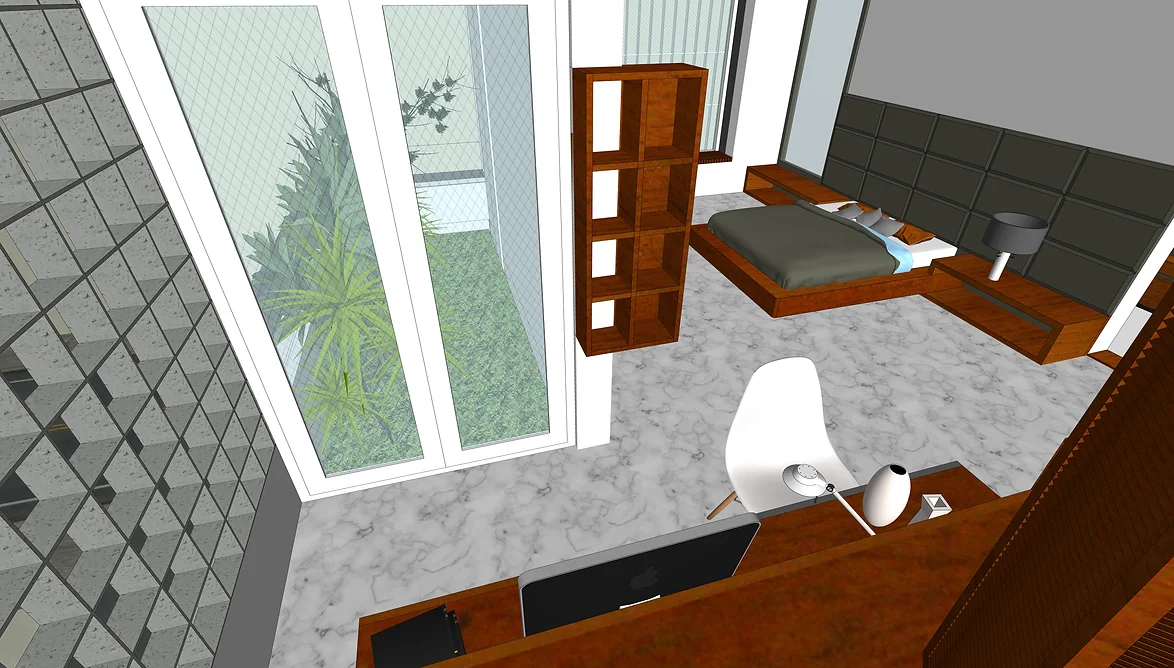Office
New Bel Road
Bangalore , Karnataka
India (560054)

Residential architecture is a reflection of cultural, social, and economic factors that influence the way homes are designed and built. It encompasses a wide range of styles, materials, and techniques, each contributing to the unique character of a dwelling. This essay explores the fundamental aspects of residential architecture, highlighting its evolution, key design principles, and contemporary trends.
Historically, residential architecture has evolved in response to the needs and aspirations of society. Early human dwellings, such as caves and huts, were primarily functional, offering shelter and protection from the elements. As civilizations advanced, residential architecture became more sophisticated, incorporating elements of aesthetics and social status.
In ancient Egypt, homes were built with mud bricks and featured flat roofs to accommodate the hot climate. Greek and Roman houses, on the other hand, showcased courtyards and columns, reflecting their architectural prowess. During the Middle Ages, European homes were fortified structures designed for defense, while the Renaissance period saw a resurgence of classical elements and symmetry.
The Industrial Revolution brought about significant changes in residential architecture. Mass production techniques and new materials like steel and glass enabled the construction of multi-story buildings and suburban homes. The 20th century introduced modernism, characterized by minimalism, open floor plans, and a focus on functionality. Architects like Frank Lloyd Wright and Le Corbusier revolutionized residential design, emphasizing harmony with the environment and the use of innovative materials.
Residential architecture is guided by several key design principles that ensure functionality, aesthetics, and comfort. These principles include:
Functionality: The primary purpose of a home is to provide a comfortable living space. Functional design ensures that each room serves a specific purpose and that the overall layout facilitates easy movement and access.
Aesthetics: Visual appeal is a crucial aspect of residential architecture. Aesthetic considerations include the use of color, texture, proportion, and scale to create a harmonious and pleasing environment.
Sustainability: In contemporary architecture, sustainability is a paramount concern. Sustainable design incorporates eco-friendly materials, energy-efficient systems, and practices that minimize environmental impact.
Contextuality: A well-designed home responds to its surroundings, whether it's an urban, suburban, or rural setting. Contextuality ensures that the design respects the local climate, culture, and landscape.
Flexibility: Modern lifestyles require homes to be adaptable to changing needs. Flexible design includes multipurpose spaces, modular furniture, and layouts that can be easily reconfigured.
Comfort: Comfort is achieved through careful consideration of factors like lighting, ventilation, acoustics, and thermal insulation. A comfortable home promotes well-being and enhances the quality of life for its occupants.
Today's residential architecture is influenced by a myriad of trends that reflect the changing preferences and values of society. Some of the notable trends include:
Open Floor Plans: Open floor plans remain popular for their ability to create spacious, airy interiors that encourage interaction and flow between different areas of the home.
Smart Homes: The integration of smart technology has transformed residential architecture. Automated systems for lighting, heating, security, and entertainment provide convenience and enhance energy efficiency.
Sustainable Design: As environmental concerns grow, sustainable design practices are becoming more mainstream. Features like green roofs, solar panels, rainwater harvesting, and the use of recycled materials are increasingly common.
Minimalism: Minimalist design, characterized by clean lines, uncluttered spaces, and a limited color palette, continues to be a popular choice for its simplicity and elegance.
Biophilic Design: This trend emphasizes the connection between humans and nature. Biophilic design incorporates natural elements like plants, water features, and natural light to create a calming and restorative living environment.
Adaptive Reuse: Repurposing existing structures for residential use is gaining traction as a sustainable and cost-effective approach. Adaptive reuse projects transform old factories, warehouses, and even churches into unique living spaces.
Tiny Homes: The tiny home movement advocates for downsized living spaces that prioritize simplicity and affordability. Tiny homes are often mobile and designed to maximize efficiency within a small footprint.
Cultural Sensitivity: In a globalized world, residential architecture increasingly reflects cultural diversity. Architects are blending traditional design elements with modern techniques to create homes that resonate with cultural identities.
Residential architecture is a dynamic field that evolves in response to technological advancements, cultural shifts, and environmental challenges. It balances functionality, aesthetics, and sustainability to create homes that meet the diverse needs of individuals and families. As society continues to change, residential architecture will undoubtedly adapt, incorporating new trends and innovations to shape the future of how we live.